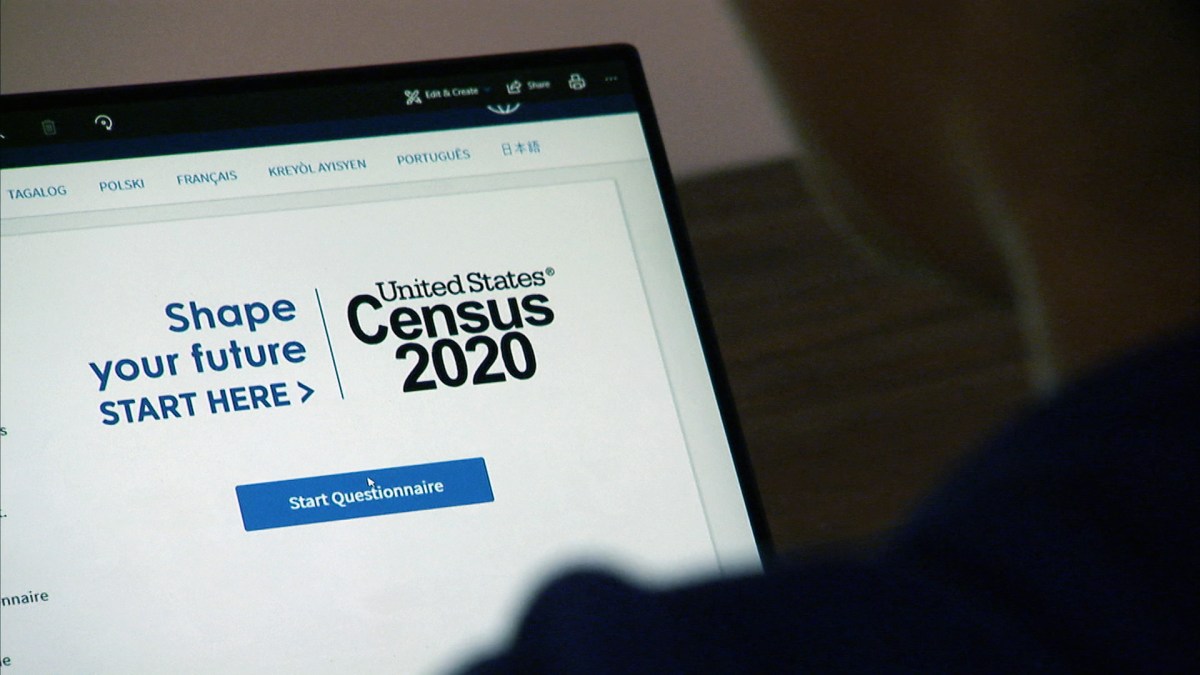The Census Bureau has little time left to complete IT systems testing

Editor’s Note: This story has been updated with the current 2020 census response rate, as well as the Census Bureau’s comment on the Government Accountability Office’s report.
The Census Bureau must “expeditiously” finish testing IT systems involved in the 2020 census or run the risk of increased defects now that it’s decided to hasten data collection and processing, according to the Government Accountability Office.
Testing of IT systems supporting the bureau‘s rushed nonresponse follow-up (NRFU) and response processing is behind schedule after the agency paused some operations due to the coronavirus pandemic, GAO found in its fourth census update.
On top of that, the Trump administration isn’t granting additional time to conduct the 2020 count. It originally extended data collection to Oct. 31, only to move that back to Sept. 30, claiming it is necessary to meet its Dec. 31 deadline for delivering apportionment counts assigning states House seats based on population. Many advocacy groups, though, allege this is an attempt to rush the count to purposefully exclude those harder-to-reach households.
So, the bureau faces an amplified time crunch to test its systems.
“The Bureau’s August announcement that it intends to deliver the apportionment counts to the president by December 31, 2020, increases the risks associated with conducting the response processing operation,” reads GAO’s report. “The Bureau must complete remaining IT system and operational testing expeditiously in order to ensure that its systems are ready to fully support this operation under compressed timeframes.”
There are 52 IT systems involved in the 2020 census, and only 10 of 16 operational deliveries were ready as of July. NRFU, the process of contacting households that haven’t responded to the census, involves 23 systems supporting mobile device use by enumerators and work assignment,
The bureau identified several systems issues in July, including one where software managing the NRFU mobile application prevented enumerators from logging into their mobile devices and slowed their training. Developers resolved the issue in August, but systems performance is in question, according to GAO.
GAO found that the bureau is relying “extensively” on IT contractors to test NRFU systems and is at risk of losing that support for server management for certain operations like the Post-Enumeration Survey.
“If not addressed, the Bureau may lack support to continue operation of the software component, including being able to address any system issues, obtain security updates, or address any other security issues or questions as they emerge,” reads the report.
Integration testing of 12 systems tied to response processing was supposed to be finished in mid-June but is now slated for completion in early October. That’s on top of operational testing.
GAO found bureau officials weren’t sure of the impact the agency’s expedited census timeframe would have on remaining IT testing when the announcement was made.
The bureau noted it’s legally obligated to provide its first census results by Dec. 31, in a response to GAO’s report.
“Our self response and field data collection systems were thoroughly tested and continue to function as they have throughout the 2020 census,” said a bureau spokesperson. “We are urging households to respond, maximizing our staff and production hours, and ensuring data quality along the way.”
Cybersecurity of the 435,000 mobile devices being used for NRFU, as well as cleaning and formatting the data, are additional areas the bureau must address in a short amount of time to ensure the 2020 census is accurate, according to GAO. And the stewardship executive policy committee won’t finalize rules on differential privacy, designed to protect personally identifiable information, until January 2021.
As of Thursday, 79.2% of the U.S. population had submitted responses to the census, according to the bureau. Now the agency is prioritizing apportionment counts, rather than simultaneously preparing more precise redistricting data for state legislatures.
“Post data collection activities will also be affected by the president’s memorandum directing the bureau to take action consistent with applicable law to exclude foreign nationals unlawfully residing in the United States from apportionment data,” reads the report. “Information on citizenship was not collected as part of the 2020 census, and the bureau will need to use alternative sources of information to fulfill the request in the president’s memo.”





